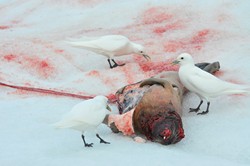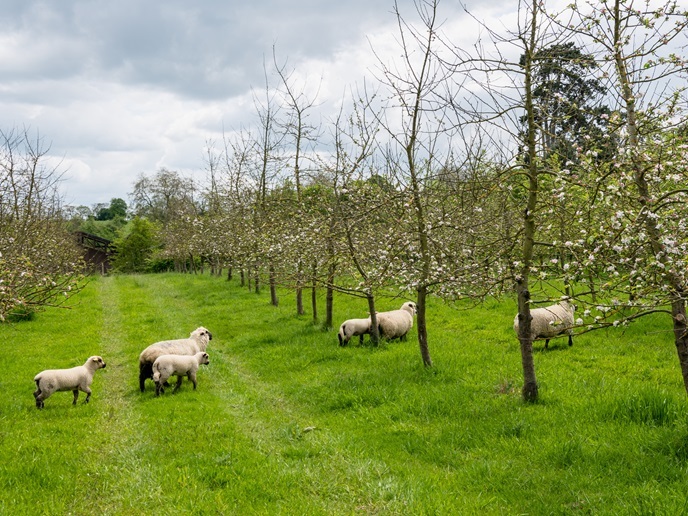Pollution effects on Arctic birds
The Arctic Ocean acts as a sink for chemicals produced and released in industrialised parts of the world. Seabirds living in this ecosystem, such as the ivory gull, are particularly vulnerable to contaminants because they accumulate toxic compounds throughout their life. Moreover most seabirds are predators that feed at the top of the food web. The EU-funded IVORYGULL (Pollutants accumulation and effects in relation to trophic niches of the high-Arctic ivory gull) initiative assessed how the accumulation of pollutants in the Arctic affects the vulnerable ivory gull. The researchers worked to make these assessments at cellular, organism and population levels. IVORYGULL compared variations of persistent organic pollutants (POPs) and trace element (TE) levels over time in the ivory gull population of Svalbard, Norway. The researchers also looked to understand the effect of climate change on contaminant loads in this species. The team explored the variations of POP levels in places where gulls are distributed around the Arctic in Svalbard, Canada, Greenland and Russia. In Svalbard, they then investigated the relationship between contaminant concentrations (POPs and TEs) and eating habits of gulls, looking at effects on metabolism at the cellular level. IVORYGULL could find no clear pattern over several years of sampling. The researchers found that contaminant concentrations seem rather to follow episodic events of contamination in Svalbard. They found that the gulls used similar feeding habitats and strategies between breeding sites – behaviours echoed by findings of similar concentrations of contaminants. This research produced new knowledge that can assist in the protection and management of endangered seabird species in the Arctic. The results will help guide methodologies that could be applied to protect birds under the EU Birds Directive and Marine Strategy Directive.







